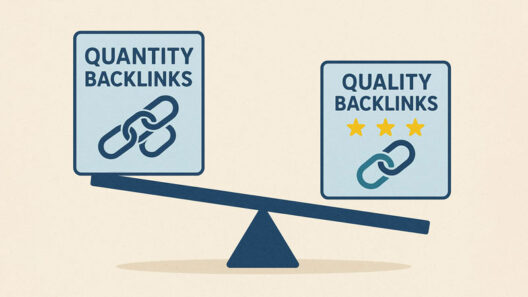In today’s digital-first world, websites are everywhere, but did you know that every click, page load, and server request consumes energy? As businesses strive to rank higher on search engines, the focus is often on traffic and conversions. But SEO can also be green. Optimized websites don’t just improve user experience; they also reduce energy consumption, lower server load, and contribute to a sustainable digital environment.
Let’s explore how SEO can make your website eco-friendly while boosting performance.
How SEO Contributes to a Greener Web
SEO isn’t just about keywords, backlinks, or rankings. When applied thoughtfully, it reduces energy use, improves efficiency, and lowers digital carbon footprints. By optimizing page speed, minimizing server requests, and designing lightweight mobile pages, SEO can make your website both fast and environmentally friendly. Additionally, pairing SEO with sustainable hosting and green domains multiplies its positive impact.
Here are the main ways SEO helps your website and the planet:
1. Fast Websites Are Energy-Efficient Websites
One of the core principles of SEO is page speed optimization. Compressing images, minifying CSS/JS, and implementing caching doesn’t just make your site faster, it reduces the energy required for every page load.
- Fewer server resources: Faster pages mean servers spend less time processing requests.
- Lower device power use: Users’ devices consume less energy when pages load quickly.
- SEO bonus: Google favors faster websites, improving your ranking while helping the planet.
2. Reducing Server Calls Reduces Carbon Footprint
Every HTTP request your website generates requires server processing and data transfer which consumes electricity. SEO strategies can minimize unnecessary server calls, for example:
- Using Content Delivery Networks (CDNs) to serve content from nearby locations.
- Implementing lazy loading for images and videos.
- Streamlining scripts and eliminating redundant requests.
Fewer requests mean less energy used in data centers, which translates to a smaller digital carbon footprint.
3. Mobile-First and Lightweight Design Saves Energy
Mobile-first SEO isn’t just about rankings; it’s about efficiency. Optimized mobile pages are:
- Smaller in size → consume less bandwidth.
- Faster to load → use less processing power.
- User-friendly → reduce the number of clicks and interactions needed.
Every millisecond saved contributes to energy savings on a global scale when millions of users browse your site daily.
4. Sustainable Hosting & Green Domains
A green website isn’t just about optimization, it’s also about where your site lives:
- Choose hosting providers powered by renewable energy.
- Opt for carbon-neutral data centers with energy-efficient infrastructure.
- Consider eco-conscious domain registries to support sustainable digital practices.
Pairing green hosting with optimized SEO creates a win-win for performance and the environment.
Measuring Your Website’s Climate Impact
You can take your green SEO efforts further by measuring your site’s energy use:
- Use tools like Website Carbon Calculator to estimate carbon emissions.
- Audit your server requests, image sizes, and scripts.
- Monitor improvements after implementing SEO and speed optimizations.
Tracking progress ensures your SEO strategies benefit both your search rankings and the planet.
Conclusion: SEO Isn’t Just Smart – It’s Green
SEO is often discussed in terms of traffic, rankings, and conversions, but it also has a hidden environmental benefit. Optimized websites load faster, use fewer resources, and reduce energy consumption across servers and user devices. By combining speed, mobile-first design, sustainable hosting, and evergreen content, your website can rank higher while also contributing to a greener web.
The next time you think about SEO, remember: every optimization step is not just for Google, it’s for the planet too.




